INTERNACIONAL
Salió a comprar un vestido y nunca más volvió: el caso de Dorothy Arnold que desconcertó a Nueva York
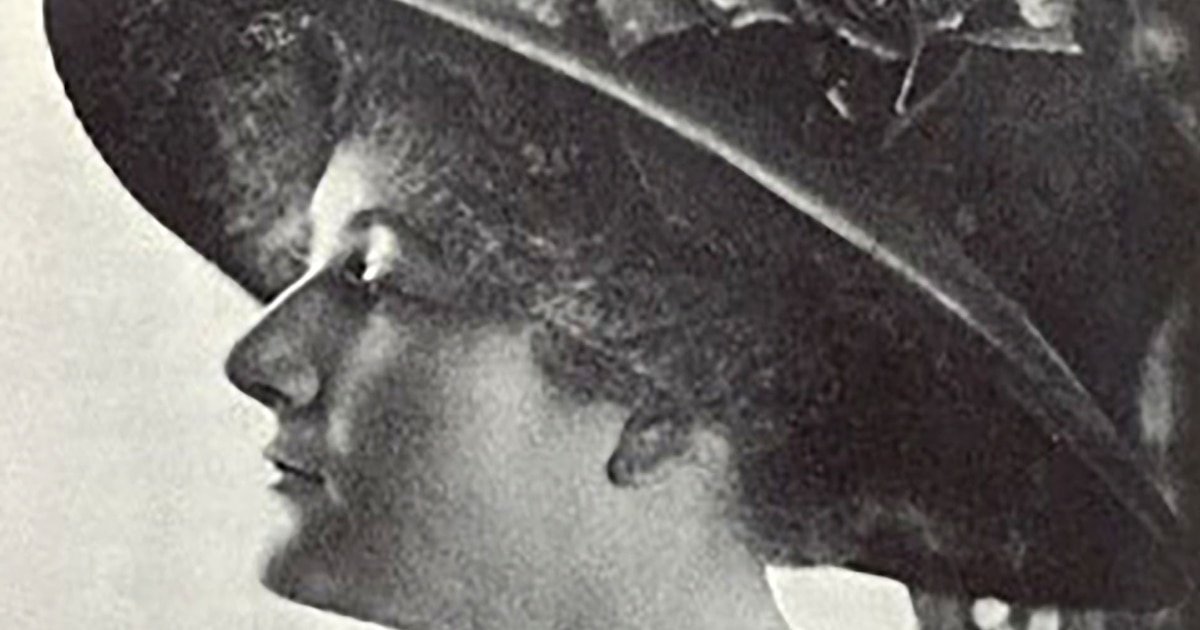
En la mañana helada del 12 de diciembre de 1910, Dorothy Harriet Camille Arnold salió de su casa en el Upper East Side de Manhattan con un plan que parecía rutinario. Vestía un traje azul, un sombrero de terciopelo negro adornado con rosas de seda azul y llevaba un muff de piel de zorro negro. Se dirigía a comprar un vestido para el baile de debutante de su hermana menor, Marjorie. Caminó por la Quinta Avenida, compró chocolates en Park & Tilford y adquirió un libro de humor en la librería Brentano’s. En la esquina de la calle 27 se encontró con una amiga, a quien le comentó que volvería a casa atravesando Central Park. Minutos después, su rastro se desvaneció para siempre.
La desaparición de la joven de 25 años, hija de un próspero importador de perfumes y sobrina de un juez de la Corte Suprema, se convirtió en uno de los misterios más duraderos de la ciudad de Nueva York. Lo que comenzó como una salida breve derivó en el caso de persona desaparecida más antiguo registrado en Estados Unidos, todavía sin resolver más de un siglo después.
Según precisó National Geographic, la familia Arnold tardó seis semanas en dar aviso a la policía. En ese lapso contrató a investigadores privados de la agencia Pinkerton, quienes no encontraron pistas concretas. La reticencia inicial a involucrar a las autoridades se atribuyó a la discreción propia de la alta sociedad neoyorquina de la época y a la desconfianza hacia la policía y la prensa, cuyo interés podía derivar en un escándalo público.
Cuando la búsqueda privada fracasó, Francis Rose Arnold, padre de Dorothy, ofreció una recompensa de mil dólares —equivalentes a más de treinta mil actuales— e hizo pública una descripción detallada de su hija. La policía distribuyó retratos a las principales ciudades del país e inspeccionó barcos con destino a Europa. Se investigaron posibles avistamientos en distintas ciudades de Estados Unidos, pero ninguno fue confirmado.
A medida que avanzaban las pesquisas, salieron a la luz aspectos de la vida privada de Dorothy que su familia no había reconocido públicamente. Graduada en literatura por el Bryn Mawr College, aspiraba a convertirse en escritora y había enviado relatos cortos a revistas como McClure’s, que los rechazaron. También había solicitado a su padre permiso para vivir sola en Greenwich Village, solicitud que él rechazó.
Conforme detalló People, en los meses previos a su desaparición, Dorothy mantuvo una relación con George S. Griscom Jr., un hombre mayor, sin empleo estable, y con antecedentes de un compromiso roto con otra heredera. Se supo que en septiembre de 1910 ambos habían pasado una semana juntos en Boston, para lo cual Dorothy empeñó joyas por valor de quinientos dólares. Tras la desaparición, la madre y el hermano de Dorothy viajaron a Italia para confrontar a Griscom, a quien el hermano llegó a agredir físicamente. Griscom negó cualquier implicación y expresó su intención de casarse con ella si regresaba.

La prensa de la época especuló con distintas hipótesis: fuga voluntaria, suicidio, secuestro o muerte accidental. Una de las teorías más difundidas surgió en 1914, cuando la policía de Pensilvania arrestó a dos médicos y una enfermera que operaban un hospital clandestino de abortos. Uno de los detenidos afirmó que Dorothy había muerto durante un procedimiento y que su cuerpo fue incinerado en la vivienda. Francis Arnold calificó esa versión de absurda.
Con el paso de los años aparecieron testimonios de personas que aseguraban haber visto a Dorothy en otras ciudades, así como cartas supuestamente escritas por ella. Una de ellas, enviada a su familia, decía escuetamente “Estoy a salvo”. Ninguna prueba confirmó su autenticidad.
El interés público por el caso nunca desapareció. Décadas después, miembros de la familia confesaron que crecieron sin información directa sobre el paradero de Dorothy. Algunos, como su sobrina nieta Jane Vollmer, se enteraron de la historia por artículos de prensa. Otros, como su hermano Mark Vollmer, consideraron posible que ella hubiera iniciado una nueva vida bajo otra identidad, algo factible en una época sin registros como los actuales.

La historiadora Silvia Pettem, que investigó el caso para su libro Cold Case Chronicles, pasó de sostener la hipótesis de la muerte en un aborto fallido a contemplar la posibilidad de una desaparición voluntaria. Según Pettem, Dorothy se apartaba del molde que su entorno esperaba: quería independencia, una carrera literaria y libertad para elegir a sus parejas.
El padre de Dorothy mantuvo hasta su muerte en 1922 la convicción de que había sido víctima de un crimen. Invirtió una fortuna en la búsqueda, sin obtener resultados. Incluso cuando, más de una década después, la oficina de personas desaparecidas de Nueva York anunció de forma prematura que el caso estaba resuelto, la familia y la policía admitieron que no existían pruebas concluyentes.
El expediente de Dorothy Arnold sigue abierto en la memoria colectiva y continúa presente en bases de datos como The Charley Project. La combinación de misterio, vida social acomodada y la época en que ocurrió alimenta el interés de investigadores y público general. A más de cien años, la pregunta sobre qué ocurrió en aquella caminata por la Quinta Avenida sigue sin respuesta.
INTERNACIONAL
¿Nicolás Maduro en la mira? Estados Unidos dice estar preparado para usar «todo su poder» para frenar narcotráfico en Venezuela
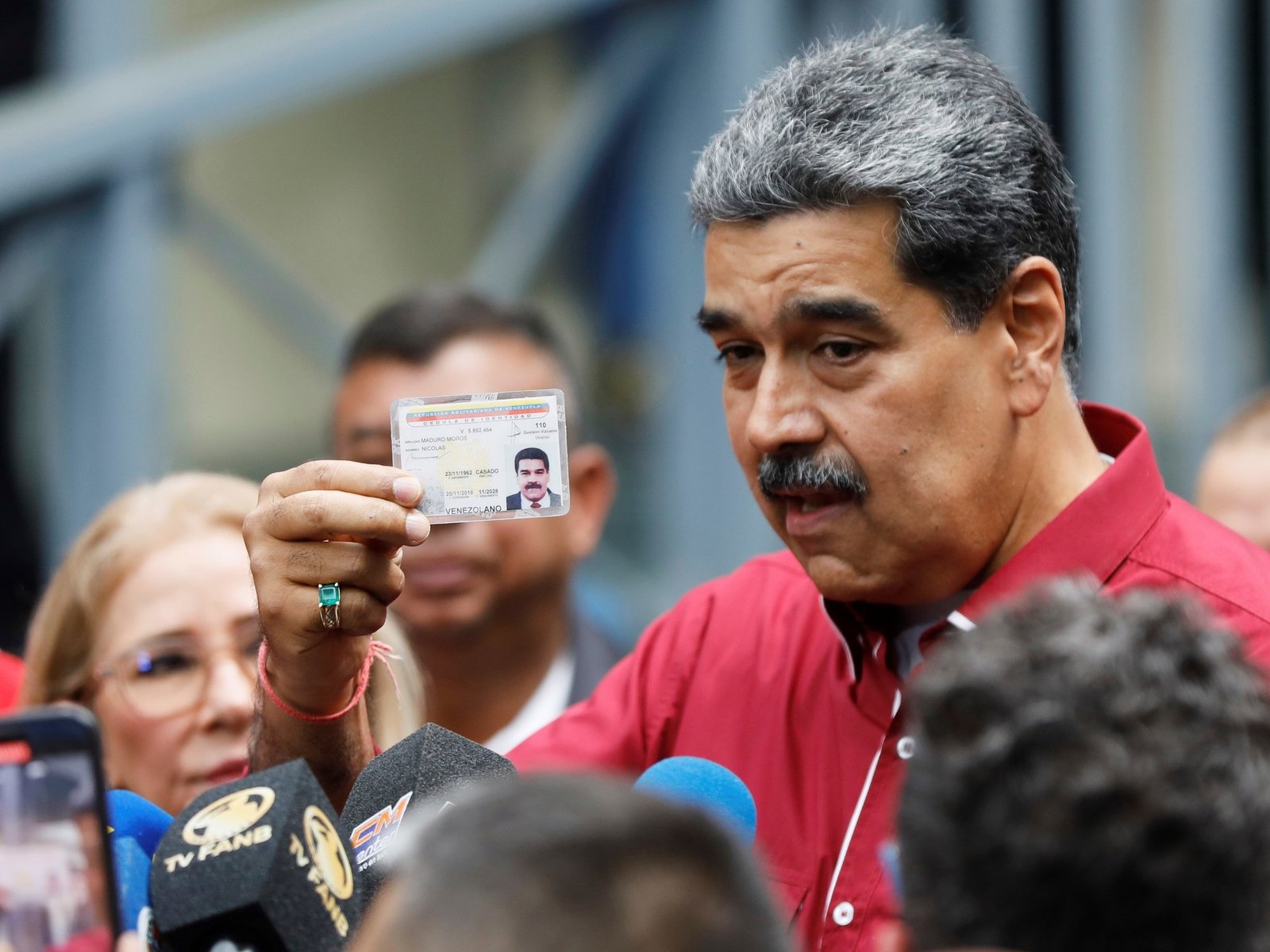
El cartel detrás de la acusación
¿Por qué se llama así y cómo funciona?
Estados Unidos,Venezuela,Nicolás Maduro,Donald Trump,Narcotráfico
INTERNACIONAL
GOP doctors call out health task force for ‘woke distractions’ amid major reform push
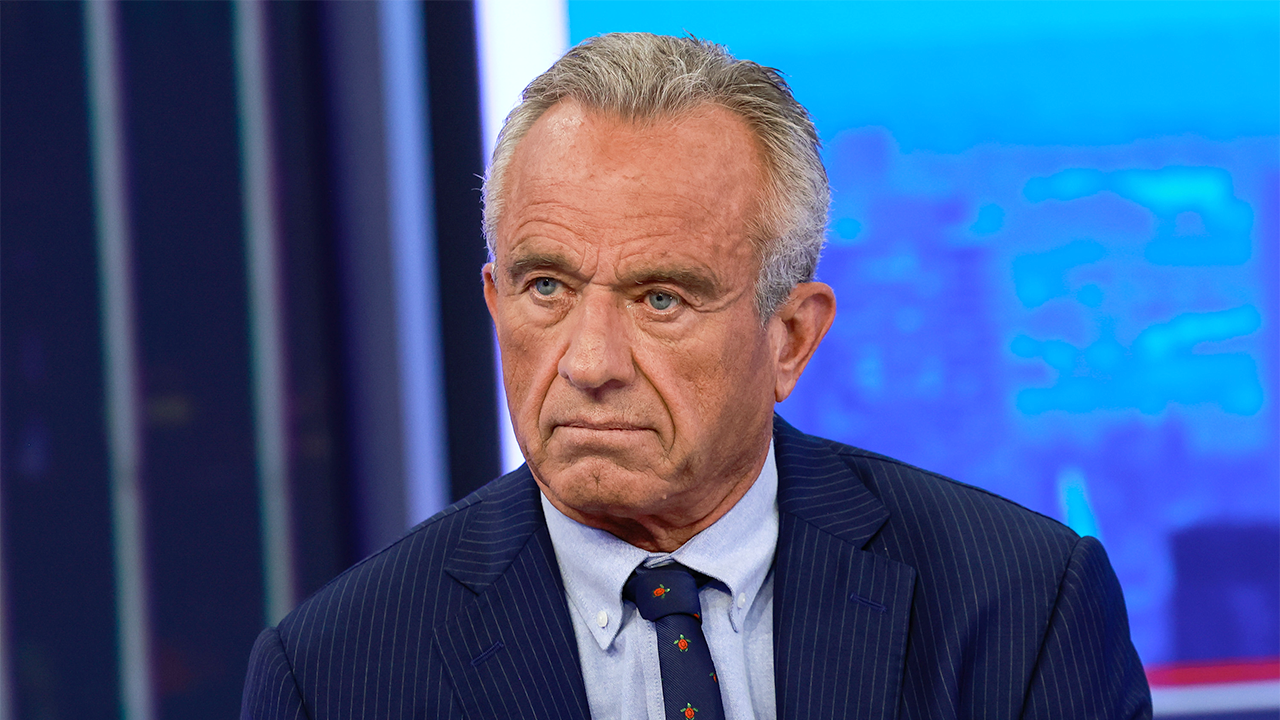
NEWYou can now listen to Fox News articles!
EXCLUSIVE: The GOP Doctors Caucus is backing a possible effort to overhaul the U.S. Preventive Services Task Force, or USPSTF, an independent task force that’s used to determine recommendations on what services health insurance companies in the United States have to cover free of charge.
A letter to Health and Human Services Secretary Robert F. Kennedy Jr., led by Rep. Diana Harshbarger, R-Tenn., and Rep. Greg Murphy, R-N.C., and other members of the caucus expressed concerns that the group may be prioritizing social justice issues over other issues.
«Preventive care should be about keeping Americans healthy, not about checking political boxes,» Harshbarger said in a statement.
«The American people deserve a task force that follows the science, acts with urgency and relies on the expertise of front-line doctors. The USPSTF should be leading the charge in President Trump’s ‘Make America Healthy Again’ agenda, not wasting time on woke distractions while chronic disease rates keep climbing.»
REPUBLICAN SENATOR CLAIMS RFK JR. MRNA VACCINE DECISION UNDERMINES TRUMP AGENDA
HHS Secretary Robert F. Kennedy Jr., makes his way to the inaugural Great American Farmers Market on the National Mall Aug. 4, 2025. (Tom Williams/CQ-Roll Call, Inc via Getty Images)
Specifically, the letter asks for «relevant specialists» to be part of the process when making certain recommendations, greater transparency in decision-making and more of a focus on outcomes as opposed to «substantial attention to divisive social issues,» citing «race and gender identity considerations that extend beyond traditional clinical parameters,» according to a news release.
«In 2010, the Affordable Care Act expanded the authority of the USPSTF and tied coverage recommendations to Task Force determinations. However, since the USPSTF’s authority was expanded, the rate of incidence of preventable chronic disease in the United States has only climbed,» the letter states.
The letter was also signed by other members of the caucus, including Reps. Andy Harris, Ronny Jackson, Mike Kennedy, Brian Babin, Sheri Biggs and Bob Onder.
GOP SENATORS RALLY AROUND EFFORT TO END ‘RADICAL WOKENESS’ IN HHS TASK FORCE
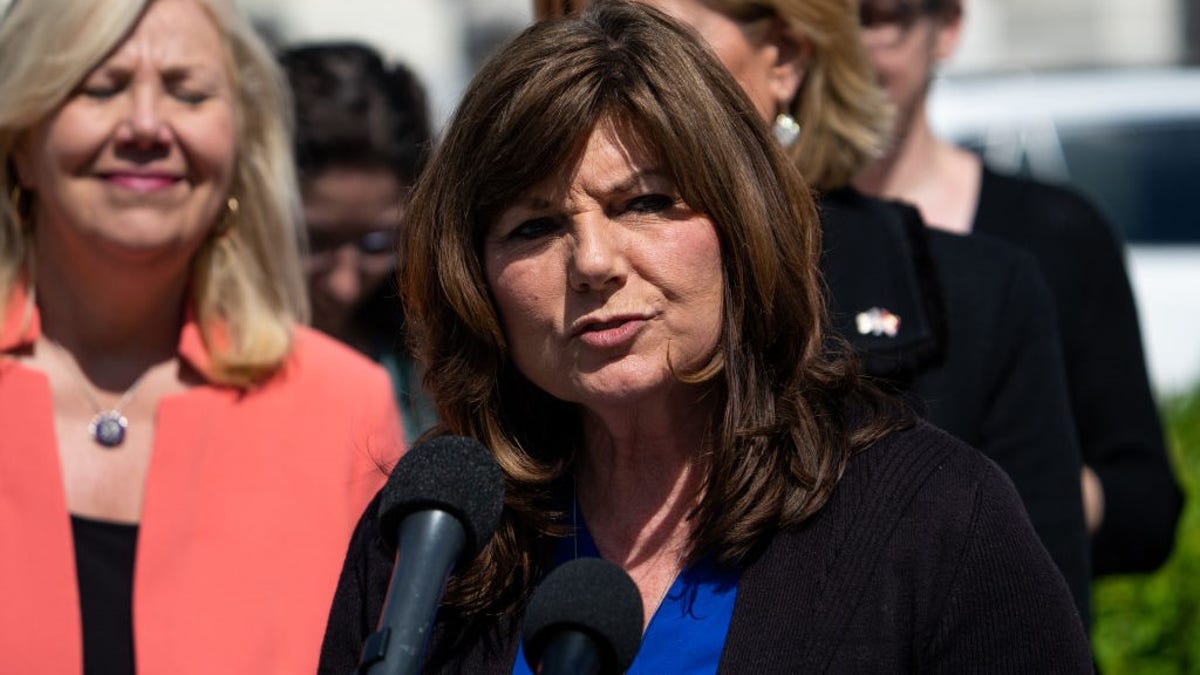
Rep. Diana Harshbarger, R-Tenn., speaks during the Republican Study Committee news conference to introduce a «Women’s Bill of Rights» outside the Capitol May 19, 2022. (Getty Images )
Earlier this month, three Republican senators wrote a similar letter raising ideological concerns about the current task force.
«In particular, the USPSTF departed from its proper activities in its December 2023 Health Equity Framework. The framework criticizes ‘equal access to quality health care for all’ as an inadequate goal of public health and announces that the Task Force will instead use equity as ‘a criterion of the ‘public health importance’ of a topic’ for consideration,» that letter stated.
The Wall Street Journal reported that, in July, Kennedy was considering removing members of the board.
DEMS ‘DELIBERATELY OBFUSCATING’ TRUTH ABOUT ‘BIG, BEAUTIFUL BILL’ WITH THIS CLAIM: WATCHDOG
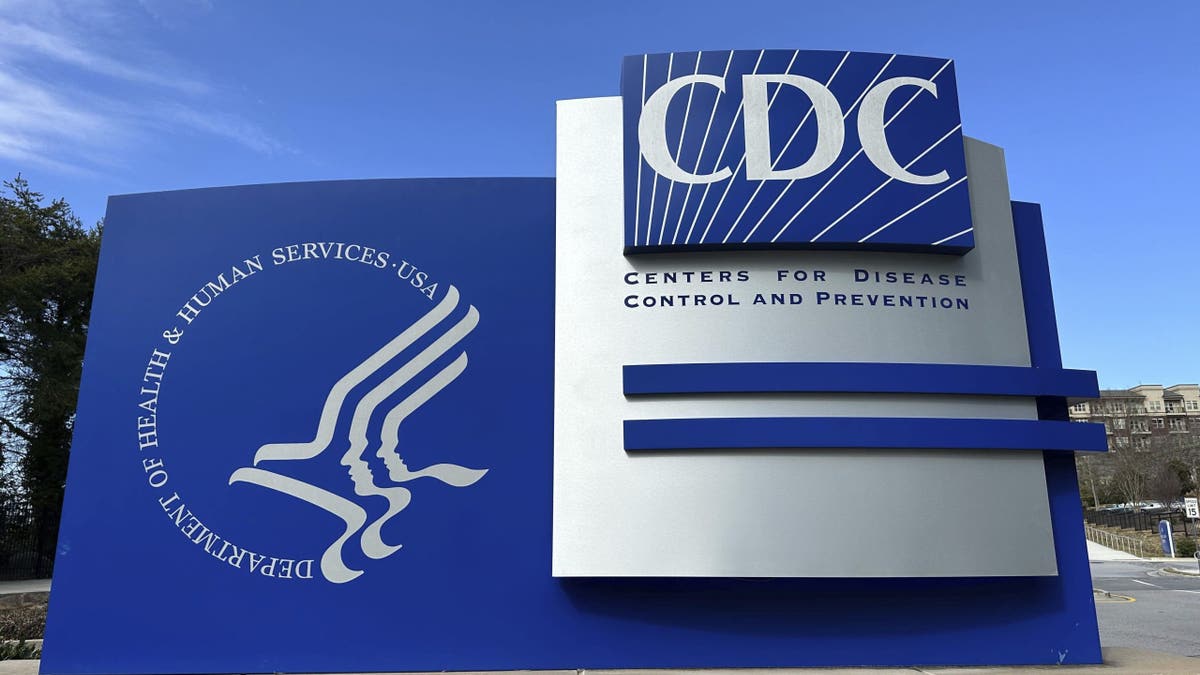
A sign stands at an entrance to the main campus of the Centers for Disease Control and Prevention in Atlanta Feb. 14, 2025. (AP Photo/Jeff Amy, File)
«No final decision has been made on how the USPSTF can better support HHS’ mandate to Make America Healthy Again,» an HHS spokesperson told Fox News Digital in a statement when asked about the WSJ report at the time.
The American Medical Association has opposed an overhaul of the task force.
«USPSTF plays a critical, nonpartisan role in guiding physicians’ efforts to prevent disease and improve the health of patients by helping to ensure access to evidence-based clinical preventive services. As such, we urge you to retain the previously appointed members of the USPSTF and commit to the long-standing process of regular meetings to ensure their important work can continue without interruption,» the AMA wrote.
CLICK HERE TO GET THE FOX NEWS APP
Meanwhile, a group of physicians, including those from the Association of American Physicians and Surgeons, America’s Frontline Doctors and the Pennsylvania Direct Primary Care Association, signed another letter in support of possible changes.
The signers wrote that new members should have an «ideological balance to develop recommendations based on facts and science.»
Fox News Digital reached out to HHS for an updated comment.
health,congress,robert f kennedy jr
INTERNACIONAL
Russia launches largest attack on Ukraine this month following Trump’s meetings with Putin, Zelenskyy
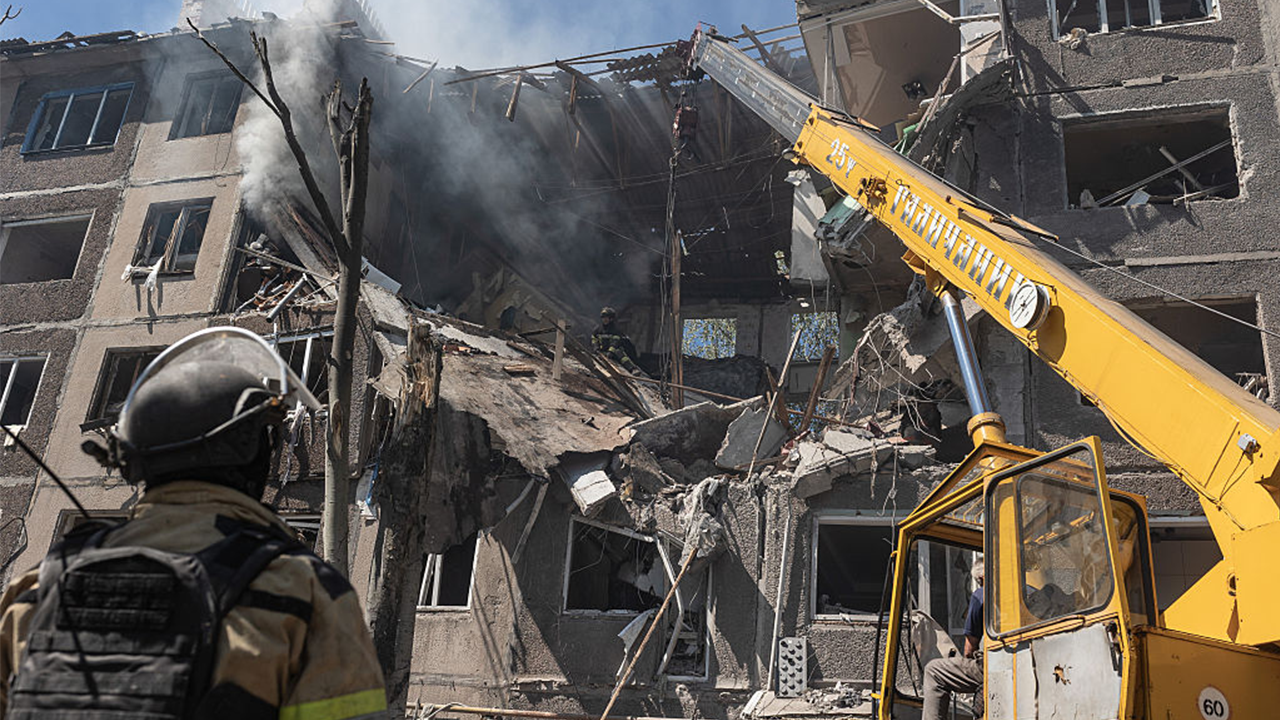
NEWYou can now listen to Fox News articles!
Russia launched its largest attack of the month against Ukraine while Ukrainian President Volodymyr Zelenskyy met with U.S. President Donald Trump and European leaders at the White House.
The attack also comes after Russian President Vladimir Putin’s meeting with Trump in Alaska last Friday, during which Putin refused an immediate ceasefire and demanded that Ukraine give up its eastern Donetsk region in exchange for an end to the conflict that began with a February 2022 invasion by Moscow. Trump later said he had spoken on the phone with Putin about arrangements for a meeting between the Russian president and Zelenskyy.
Ukraine’s air force said Russia launched 270 drones and 10 missiles into Ukraine on Monday night and into Tuesday, but that 230 drones and six missiles were intercepted or suppressed. The air force reported that 40 drones and four missiles struck across 16 locations, and debris was said to have fallen on three sites.
TRUMP’S PUSH FOR PUTIN-ZELENSKYY TALKS HINGES ON KREMLIN’S CONDITIONS
Russia launched its largest attack of the month against Ukraine on Monday night. (Getty Images)
«While hard work to advance peace was underway in Washington, D.C. … Moscow continued to do the opposite of peace: more strikes and destruction,» Ukrainian Foreign Minister Andrii Sybiha wrote on X. «This once again demonstrates how critical it is to end the killing, achieve a lasting peace, and ensure robust security guarantees.»
Energy infrastructure in the central Poltava region was a target of the strikes, according to Ukraine’s Energy Ministry. The casualty figures were not immediately released by officials.
WHITE HOUSE REJECTS ‘BLANK CHECKS’ FOR UKRAINE, PRESSES NATO TO SHOULDER COSTS
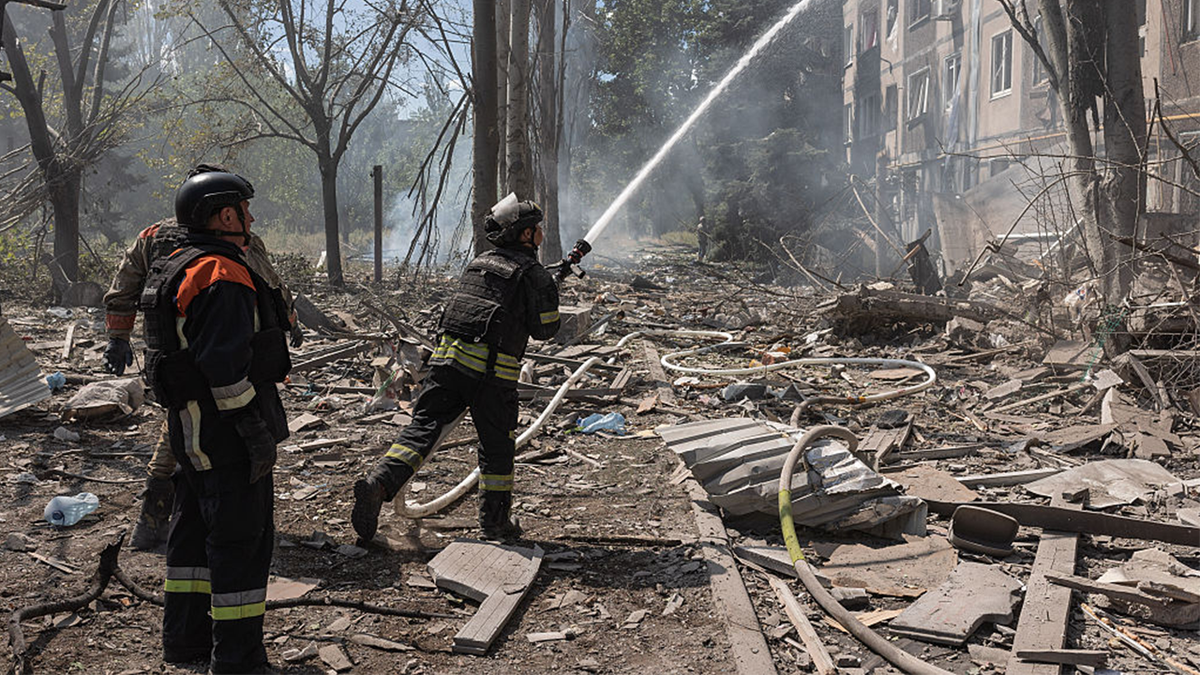
Ukraine’s air force said Russia launched 270 drones and 10 missiles into Ukraine. (Getty Images)
«As a result of the attack, large-scale fires broke out,» the ministry said in a statement.
Oil refining and gas facilities were attacked, the ministry added, saying the strikes were the latest «systematic terrorist attacks against Ukraine’s energy infrastructure, which is a direct violation of international humanitarian law.»
The attack was the largest since Russia launched 309 drones and eight missiles into Ukraine on July 31, according to the air force.
Russia’s Defense Ministry said its forces shot down 23 Ukrainian drones on Monday night and into Tuesday morning.
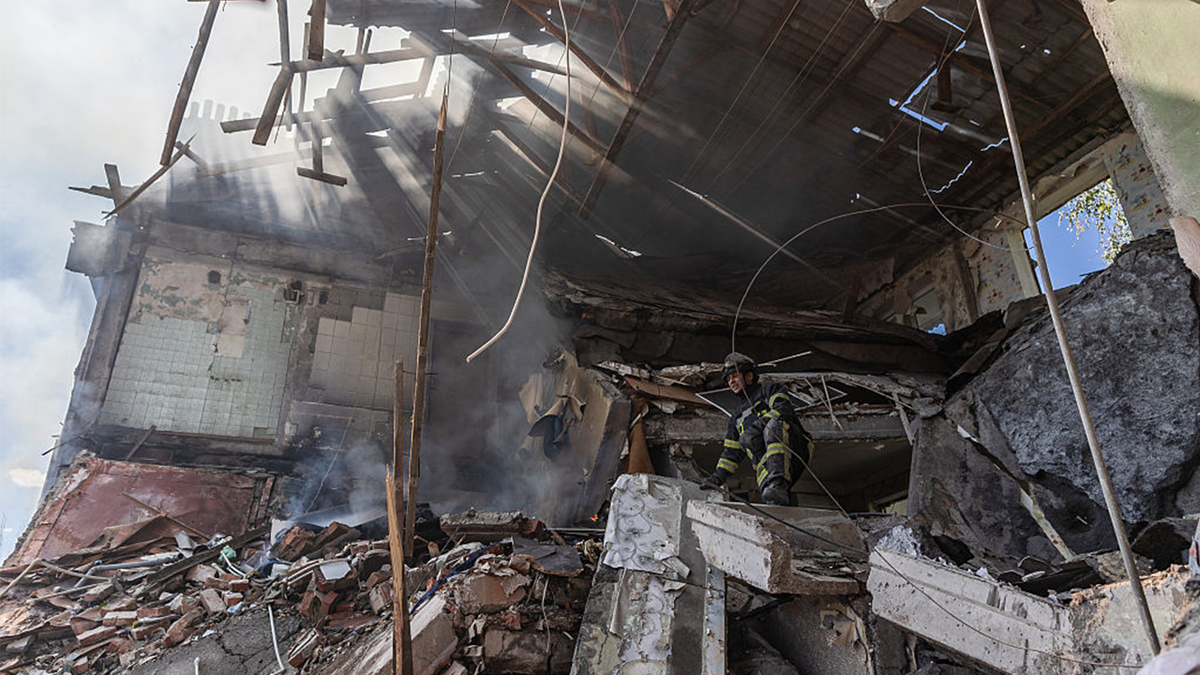
The attack was the largest since Russia launched 309 drones and eight missiles into Ukraine on July 31. (Getty Images)
CLICK HERE TO GET THE FOX NEWS APP
Both sides have been targeting infrastructure, including oil facilities.
Zelenskyy had criticized Moscow for earlier strikes on Monday ahead of his meeting at the White House in which at least 14 people were killed and dozens more were injured.
«The Russian war machine continues to destroy lives despite everything. Putin will commit demonstrative killings to maintain pressure on Ukraine and Europe, as well as to humiliate diplomatic efforts. That is precisely why we are seeking assistance to put an end to the killings,» he wrote Monday morning on X.
Reuters contributed to this report.
russia,ukraine,world,conflicts,vladimir putin,volodymyr zelenskyy,donald trump,drones,wars

 POLITICA1 día ago
POLITICA1 día agoPamela David se disculpó con Karina Milei por haber dicho que usaba un reloj de lujo

 POLITICA3 días ago
POLITICA3 días agoCierre de listas: todos los candidatos a senadores y diputados, las sorpresas y los interrogantes que faltan definir

 CHIMENTOS2 días ago
CHIMENTOS2 días agoEl delicado estado de salud de Cacho Garay: «Sino mejora podrían apuntarle una extremidad»






















